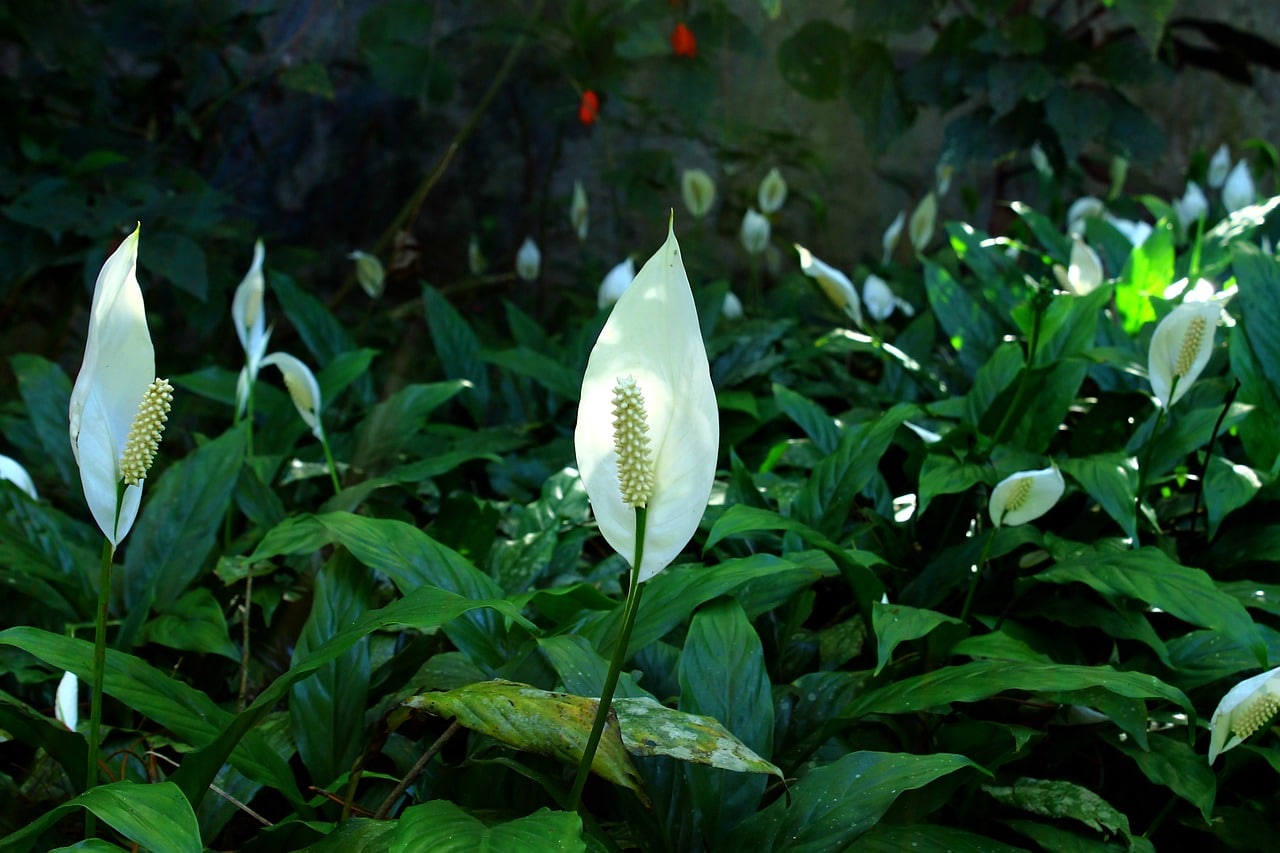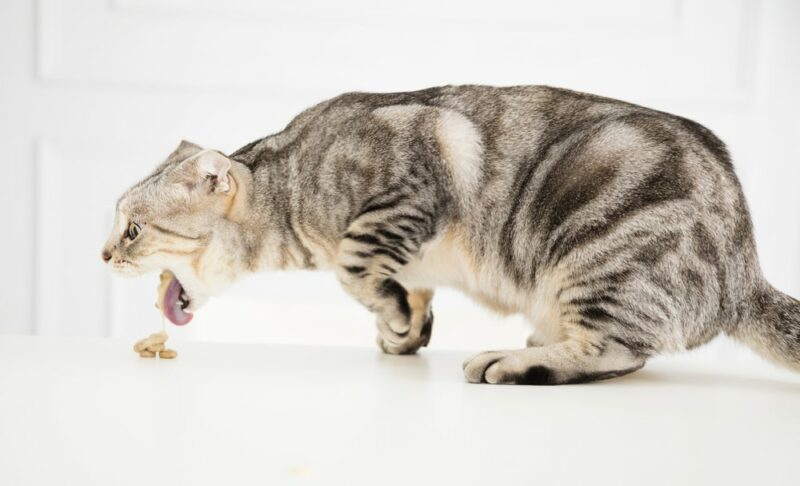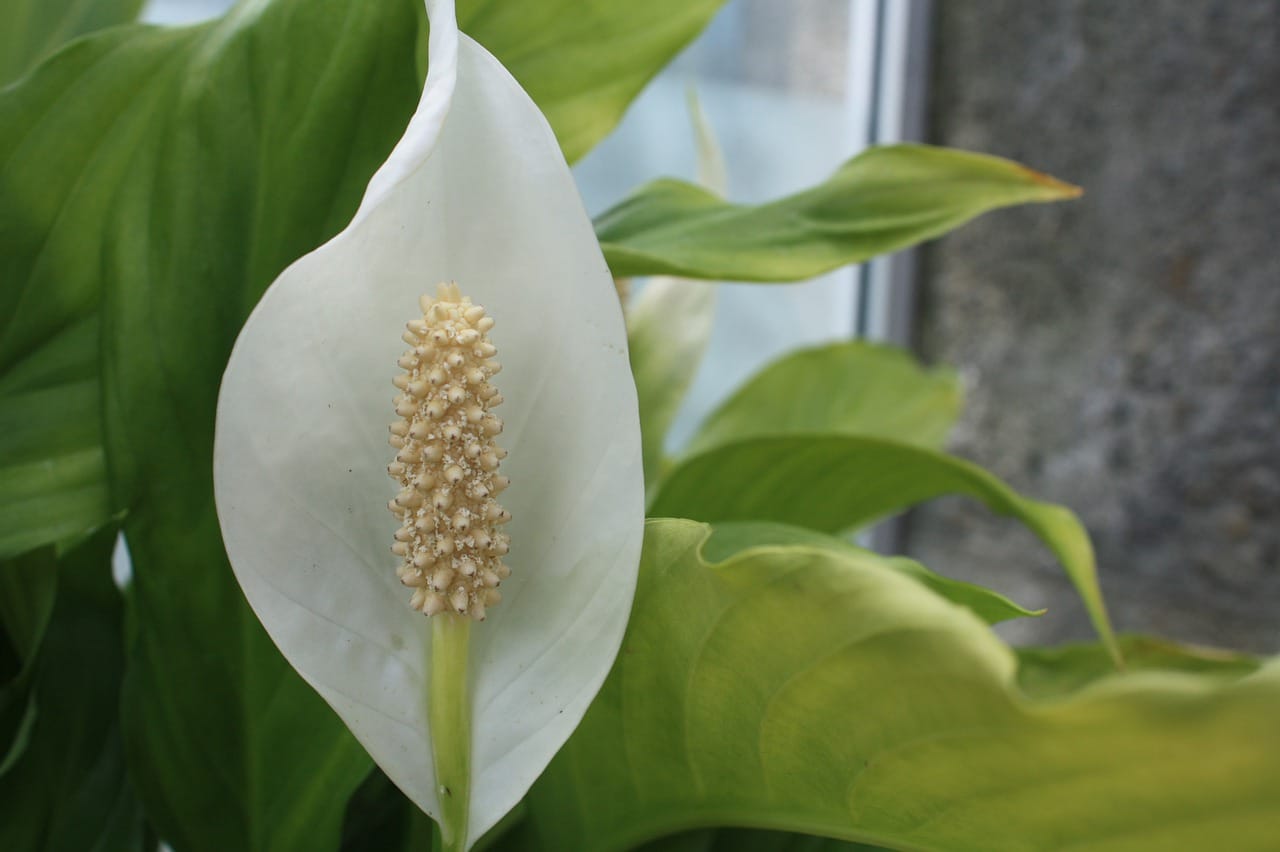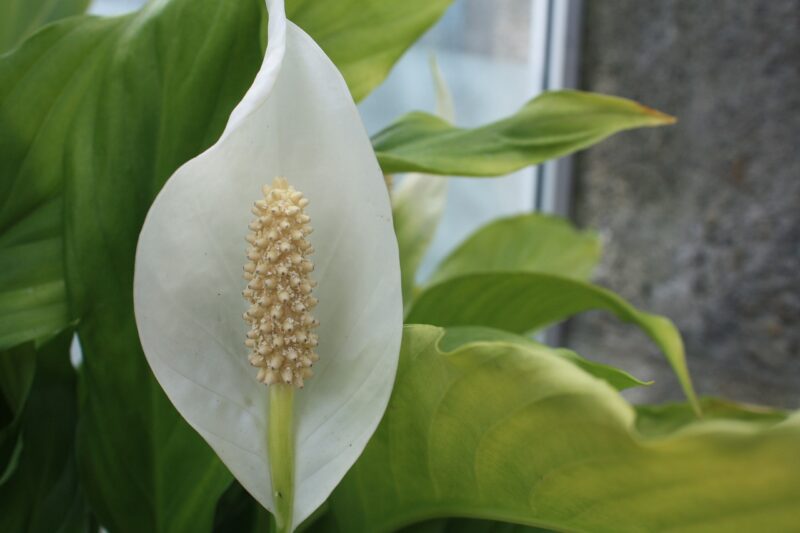Click to Skip Ahead
Most cat owners are aware of the dangers of a cat ingesting Lilies, specifically those from the Lilium and Hemerocallis family. These include the Asiatic, Easter, Japanese Show, and daylilies, and even just a small amount of any part of the plant — contact with pollen or nibbling at leaves — may be enough to cause severe acute kidney failure. Even the vase water is considered dangerous.
But what about Peace Lilies? Are Peace Lilies toxic to cats? While the ingestion of small amounts of Peace Lily may cause oral irritation and stomach issues in cats, it is, at most, extremely uncomfortable; however, it will rarely cause life-threatening illness. Even though this lily is not as toxic as true lilies, it can still cause pain and health issues for your feline, and a trip to the vet is required.
In this article, we look at the signs of poisoning from Peace Lilies, how to treat it, and other, similar plants to avoid. Let’s get started!

Identifying Peace Lilies
Peace Lilies are popular house plants, largely due to how easy it is to care for them. They are evergreen perennial plants that are native to the tropical regions of America and Southeast Asia. Although they are called “Lilies,” they are not a true Lily from the Liliaceae family.
Peace Lilies are fairly easy to identify. The flowers are produced in a spadix — small, leaf-like flowers on a fleshy stem, typical of Peace Lilies — which is usually 3-9 inches long. They are commonly white, but they also may have a yellow or greenish coloring. They do not need much light or water to survive, one of the big reasons for their popularity.

Are Peace Lilies Toxic?
Although not nearly as toxic as true lilies, Peace Lilies contain calcium oxalate crystals, which are irritating to both cats and dogs. This can cause oral discomfort and stomach issues for your feline, as these crystals are released when your cat bites into the plant. Depending on how much your cat eats, it can cause a mild to severe burning, irritation, and pain in their mouth, throat, tongue, and stomach, and this will usually be enough to prevent them from continuing to eat more.
Signs of ingestion
According to the American Society for the Prevention of Cruelty to Animals (ASPCA) and Pet Poison Helpline, common signs of intoxication are:
- Drooling
- Burning mouth
- Vomiting
- Decreased appetite
- Pawing at the mouth
- Diarrhea
- Respiratory difficulties
One of the indicators that your cat may have ingested a part of a Peace Lily (besides the large chunk missing from your plant!) may be the constant rubbing of their face with their paws and drooling. Your cat’s mouth, lips, and tongue may become ulcerated or even swollen, and they will be showing obvious signs of distress and discomfort. Swelling of the mouth, tongue, or back of the throat may cause labored breathing and are considered a true emergency.
To be safe, removing this plant from your home is best if you have any cats or dogs around.

Treatment
If you suspect that your cat has ingested Peace Lily, don’t panic, as your kitty will most likely be fine, but you should take them to see a vet as soon as possible. Be sure to take some of the plant with you so your vet can verify what your cat has ingested. If your cat has taken a small nibble, the good news is that the pain will likely go away on its own within a few hours, and your vet can give them some pain medication in the meantime. Never give your cat any human pain meds, as they are harmful and often toxic to cats and may cause a fatal illness.
Your vet will recommend the best course of action for the treatment of your cat depending on the signs, and most will recover quickly. Some cats that have more severe oral irritation or signs of a stomach upset may need to be hospitalized for intravenous fluids, painkillers, and sometimes even a placement of a feeding tube until their mouth and esophageal lesions heal fully.
- You might also like: Is Lysol Toxic To Cats? Everything You Need to Know!
Final thoughts
While Peace Lilies are nowhere near as toxic as true lilies, they are still mildly toxic and can cause painful signs should your cat decide to take a bite. If you’ve noticed that they’ve eaten a fair amount or they are reacting badly after even just nibbling at it, you’ll need to take them to a vet immediately, although they will most likely be fine after appropriate treatment.
Just to be safe, we highly recommend keeping these plants out of your home if you have any pet cats or dogs, as keeping them out of their reach may prove challenging and still carry a risk!
Featured Image Credit: Pixabay











